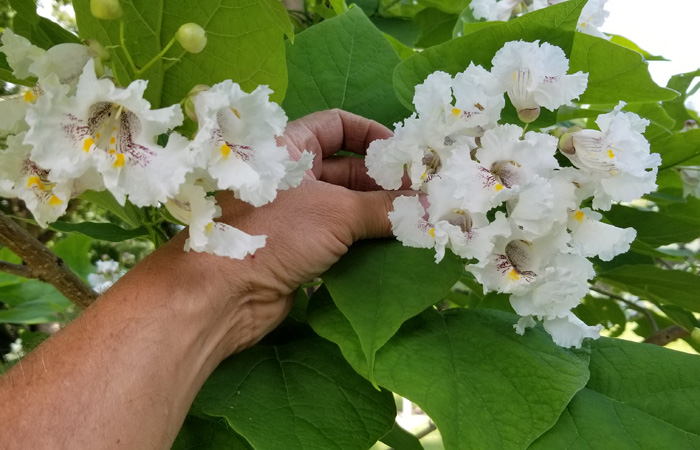Deeply Rooted
Beating the System – Part 1

We are always looking for ways to grow slightly tender trees in our zone 3. Sometimes you want to grow things that are just barely hardy here. I would like to help you do all you can to make that happen if that’s your interests. There are several ways we can trick plants into growing in a zone slightly colder than they are used to. I will start today with trees and move the shrubs next week.
I’m a big fan of growing as many kinds of trees as we can. I’m not sure if its a hobby, crazy obsession, or research. (I know my wife’s answer, but she’s doesn’t know l am writing about this lol). l have successfully grown fair number of varieties including sugar maple, Norway Maple, black walnut, butternut, apricot, red oak, white oak, red maple and weeping mulberry. Most of these you can find on the market, but most need a little extra help.
So, before we even start with how to modify environments for these trees its best to start with the hardest source you can find. For example, years back the only weeping willow available was golden weeping willow. It will chronically tip frozen, and stem cracked. In the Winkler area you could see them hit 25-30 feet but still have some occasionally die back. They only thrived south of Fargo. Around here we could see them hit 15 20 feet and continuously repeat the cycle of die back. Since 2002 we introduced a variety called lace weeping willow. Weeping Willow come from China; we were able to access a source that was from the northern most area of the native range of these trees. The best way to get a cold hardy tree is the find one that has tough enough DNA. If we can start, there we are way ahead.
Sugar maple is another good example. If you try growing this species from Southern Ontario, you will have very little success. Use a source from Northern Minnesota and your chances are much better. Discovering, selecting, and cross breeding are the best ways of finding these trees. When that is not an option, we resort to the hardiest ones we can find for our area, which may not be that hardy. Over the next few blogs, we will touch on several techniques to help you improve your chances of growing these sensitive plants.
Number one is wind shelter. If you live in a dense natural forest or have thick shelterbelts, you already have a huge advantage. Another way to maximize shelter is to grow something on the south or east side of a building. Shielding from the North and West wind is the most important. It is also one of the more commonly known strategies. If you can do both a natural forest and utilize a building, you will have the greatest advantage. If you can combine all of these strategies, you will have the greatest chance of success. Keeping you plants sheltered from things like strong winds, cold temperatures, sun scalding, and too much exposure will greatly increase your plants survival rates in our sometimes harsh environment.
Keep your eyes open for our next few blogs where I will touch on more strategies and tips to help you grow some of those desirable yet delicate plants.




